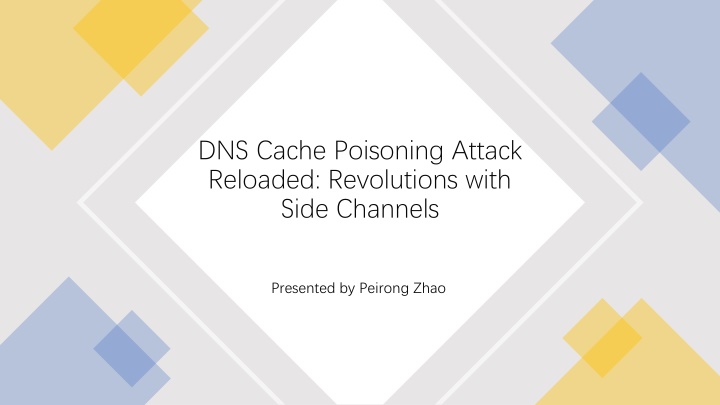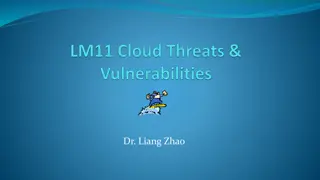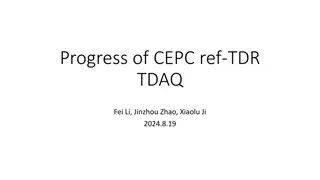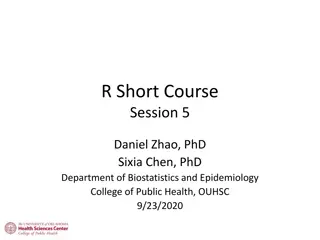
Revolutions in DNS Cache Poisoning Attacks: Unveiling Side Channels
Explore the intricate world of DNS cache poisoning attacks reloaded, revealing revolutions with side channels. Learn about defending against such attacks and the implications of side-channel DNS attacks, highlighting the SAD DNS technique that bypasses traditional defense mechanisms.
Download Presentation

Please find below an Image/Link to download the presentation.
The content on the website is provided AS IS for your information and personal use only. It may not be sold, licensed, or shared on other websites without obtaining consent from the author. If you encounter any issues during the download, it is possible that the publisher has removed the file from their server.
You are allowed to download the files provided on this website for personal or commercial use, subject to the condition that they are used lawfully. All files are the property of their respective owners.
The content on the website is provided AS IS for your information and personal use only. It may not be sold, licensed, or shared on other websites without obtaining consent from the author.
E N D
Presentation Transcript
DNS Cache Poisoning Attack Reloaded: Revolutions with Side Channels Presented by Peirong Zhao
DNS DNS as a phone book for the entire Internet. How DNS works? Record stored in resolver.
DNS Cache Poisoning What is DNS Cache Poisoning? Two ways to defend: DNSSEC Source Port Randomization
Destination port and Transaction ID are both unknown, if the attacker want to get over this, there are 232232 possibilities in total, which is really hard to achieve.
Side Channel DNS Attack SAD DNS Use the network side channels which involve in modern operation system to bring the DNS Cache Poisoning back again. This attack allows an off-path attacker to infuse fake DNS records into the cache Make wiretapping and tampering available Defeats the most effective and commonly used defense - source port randomization
The SAD DNS attack requires a hacked machine in the network, such as a public wireless network in a public place. Side channels in the network stack are then used to scan and discover which ports can be used to initialize DNS queries and subsequently inject a large number of fake DNS responses by exposing the hacked TxID.
SAD DNS attack effects all layers of caches in DNS infrastructure, including the most popular BIND, Unbound, and dnsmasq. Attack relies on the two fundamental components: (1) inferring source port of a DNS query; (2) extending attack window. Forwarder attack Resolver attack
Defenses In the article's comparative analysis, the author team noted the weakness of all major operating system kernels under the attack, and they successfully scanned out the open ports using 600 milliseconds and injected the rogue records using 200 milliseconds. Off-path attack: DNSSEC, 0x20 encoding, DNS cookie Disallow ICMP, best practice in configure RRL
Criticism Easy to defend DNSSEC is wide used nowadays










